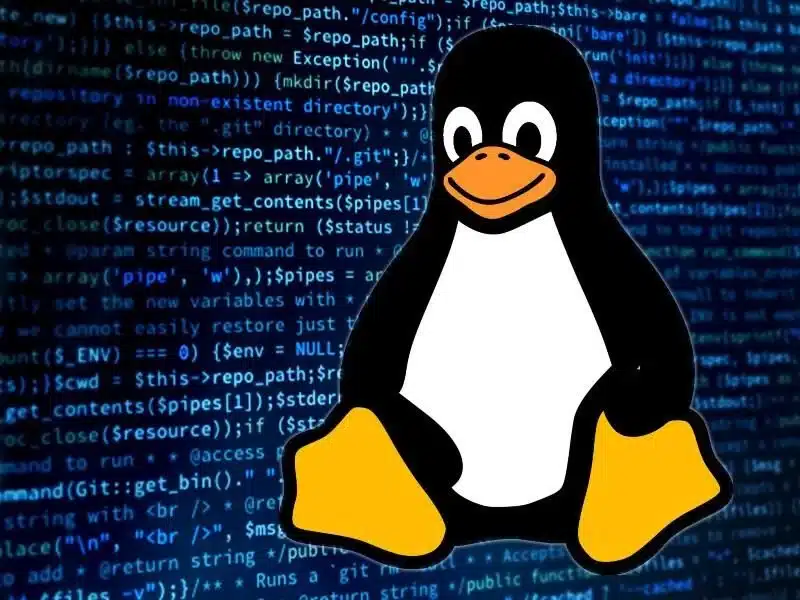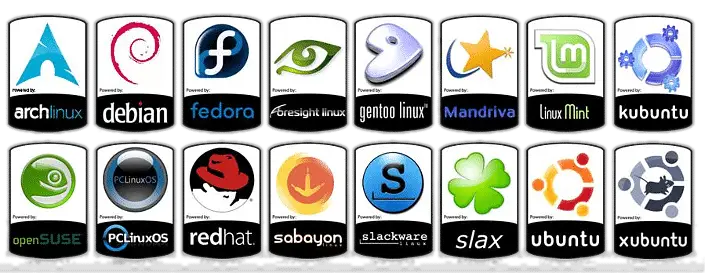Linux, the open-source operating system par excellence, is often described as powerful, flexible, and secure. However, despite these strengths, many users find Linux difficult to approach, preferring to remain on more familiar platforms such as Windows or macOS.
Linux is made for everyone, but not everyone is made for Linux
It may seem like a cliché, but it’s true: the kernel on which Linux-based operating systems are based was created so that anyone could freely enjoy the magical world of computing, as well as open source; However, not everyone is inclined (or rather, many do not want to, but that’s another story) to change their habits.
But what makes Linux so challenging for some? Why can the approach to this operating system seem insurmountable, especially for those who already have difficulty getting to grips with Windows? In this article, you will see the reasons that can explain these difficulties, analyzing the technical, cultural and psychological factors that influence the learning curve.
The learning curve and previous experiences with technology
One of the main obstacles in getting started with Linux is the steep learning curve. Unlike Windows, which offers a user-friendly graphical interface designed to be intuitive, many Linux distributions require more technical knowledge.
Although there are distributions like Ubuntu or Mint that try to reduce this difficulty by offering interfaces closer to those of Windows, the need to understand concepts such as package management, the use of the terminal and the structure of the filesystem It can be intimidating for those without a solid technology background.
For a user who already finds Windows complicated to navigate, the idea of having to learn a series of new commands, understand the difference between different distributions and deal with the manual configuration of certain system components can be daunting; but while on Windows many operations can be performed with a few clicks, On Linux, solving some problems often requires editing configuration files or running complex commands in the terminal..
Absence (or almost) of commercial software and the eternal dilemma of alternatives
Another crucial point is the availability of software: Windows is the dominant operating system in the consumer market, which means that most commercial software is developed for this platform first.
On the Penguin, however, many of the applications that users consider essential (such as Microsoft Office, Adobe Photoshop, or specific software for gaming) are not available in their native form; This forces the user to look for open-source alternatives or use solutions like Wine, which can introduce additional complexities.

For those who already struggle to use the official versions of these software on Windows, the prospect of having to learn to use alternatives with different interfaces and features, or having to troubleshoot compatibility issues, presents an additional obstacle, and this lack of continuity and familiarity in the available software can make Linux seem less accessible and less suited to the day-to-day needs of many users.
Community culture and technical support
The Linux community is known for its openness and the amount of open-source resources it offers. However, there is one cultural aspect that can alienate new users: the expectation of self-sufficiency. Many Linux experts tend to encourage learning through independent troubleshooting and reading technical documentation.
This philosophy, though noblecan be alienating for those who don’t have the time, skill or patience to tackle these obstacles alone.

The lack of centralized technical support and reliance on the community to resolve issues can be frustrating for those accustomed to receiving immediate assistance on more commercial platforms like Windows; The complexity of some technical discussions in the forums can be intimidating for newcomers, making the transition to Linux more difficult.
Software and Driver Compatibility
Another critical issue is software compatibility. Many popular Windows programs are not natively available on Linux, and while there are open source alternatives, These are not always sufficient or up to user expectations.
Software like Microsoft Office or Adobe Photoshop don’t have perfect equivalents on Linux, and solutions like Wine or virtual machines can be complicated to set up; even managing hardware drivers can be a challenge, especially on older or less common devices, where drivers may not be available or require manual configuration.
Open Source Mindset and Community Involvement
Linux is strongly rooted in the open source philosophy, which means that the user is often called upon to be more active in problem solving and continuous learning.
While Linux online communities are very active and willing to help, such as on Ubuntu Forums or LinuxQuestionsrequire a certain level of autonomy and proactivity on the part of users, which can be discouraging for those accustomed to more direct and immediate technical support.
Preconceptions and psychological fears
Psychology plays a fundamental role in the approach to a new operating system. Many users are conditioned by years of use of Windows or macOS, and the idea of switching to Linux can seem like a leap into the unknown and this resistance to change is often fueled by preconceptions about Linux, seen as an operating system “for experts“, not suitable for those without advanced technical skills.

The fear of irreparably damaging your computer, losing important data, or not being able to do things you’ve always done easily on Windows can block your approach to Linux; the fear of having to dedicate a lot of time to learning a new system can discourage those who already have a full agenda or those who do not want to invest energy in what they perceive as a risk.
Choosing the right distribution: the first of the dilemmas
Another factor that contributes to the difficulty of approaching Linux is the vast range of distributions available and unlike Windows, which exists in a few standardized versions, Linux offers hundreds of different distributionseach with its own peculiarities, software packages and usage philosophies.
This abundance of choice can be confusing for a new user.who finds himself having to decide between options like Ubuntu, Fedora, Debian, Arch Linux, just to name a few.

Choosing the wrong distribution can compound initial difficulties, leading to frustration and further complications, and for example, a user who chooses Arch Linux, known for its configurability but also for its complexity in installation and use, may find himself completely overwhelmed.
This makes it essential to not only choose the right distribution, but also to be aware of which distribution is best suited to your needs and capabilities.
Wide variety of distributions
One of Linux’s main strengths is its wide range of distributions (distros), each of which is optimized for specific needs. However, for a beginner, choosing the right distribution can be overwhelming.
The more complex distros, such as Arch Linux or Gentoorequire a high level of technical expertise, while others like Ubuntu and Mint are designed to be more accessible. The wrong choice can lead a new user to rapid frustration and possible abandonment of the system.
Linux-based operating system maintenance and update
On Windows, operating system maintenance is largely automated: updates are installed automatically and many maintenance operations can be performed with built-in tools. On Linux, however, the user is often more involved in system management. which can be seen as an advantage for those looking for complete control, but as a disadvantage for those unfamiliar with these aspects.

For example, updating packages on Linux may require manually resolving dependencies or conflicts, which can be intimidating for a less experienced user. Additionally, the need to use terminal commands to perform certain maintenance tasks can make Linux seem like a less accessible operating system.
Less documentation in Italian (or less precise) than in English
“Learn English that will be useful to you“, they said and about the penguin it’s really the case to use this old “adage”.
Although there are sites that talk about this topic and offer support, as well as write thematic articles such as MyMomUsesLinux, Linux.itvery often the information about the operating system is “penguined” they are less precise, or are of lower quality than the others in English, or even worse, in some cases they are completely absent in Italian.

Moreover the Linux terminal itself, to know how to use it you need to have at least the basics of the English language, This can be a significant obstacle for those of a certain age, or for those who, despite not being very far from school, have not exactly paid attention during English lessons…
Conclusion: A challenging but rewarding journey
Getting started with Linux can be a challenge for those without a solid technical background or for those who already struggle with more common operating systems like Windows, and there are many reasons for these difficulties: from the steepest learning curve to the need to familiarize yourself with new interfaces and commands, from choosing the right distribution to the most complex system management.
However, for those willing to overcome these difficulties, Linux offers a unique experience of freedom and control. The ability to customize the system in every aspect, the intrinsic security and robustness of Linux make it an excellent choice for those looking for an alternative to commercial operating systems; For those who can get past the initial impact, Linux can become not just an operating system, but a real way of thinking and working with the computer.
#Linux #difficult #started
